
Artemisia Gentileschi Susanna and the Elders 1610 Oil on canvas Schloss Weissenstein, Pommersfelden.
Image: WGA
The first known work of Artemisia Gentileschi (1593 – c. 1653) is a classic study of sexual harassment. Other painters often portrayed Susanna looking coy, sometimes willing, a starlet enjoying the attention of producers at the pool.
This Susanna is unambivalently saying NO
Some male painters visualized Susanna leading her old, fat, powerful voyeurs on to commit a completely consensual act of physical contact.
 Alessandro Allori Susanna and The Elders 1561 Oil on canvas, Musée Magnin, Dijon. Image: WGA.
Alessandro Allori Susanna and The Elders 1561 Oil on canvas, Musée Magnin, Dijon. Image: WGA.
No ambiguity here, jusr a compliant girl and a cute dog in a male abuser’s fantasy.
“I have been bullied by men and women, but the first to bully me were women.” Noelle Mackay #NotMeToo
 Hecate or the Three Fates by William Blake, c. 1795. Tate Gallery London.
Hecate or the Three Fates by William Blake, c. 1795. Tate Gallery London.
Image source: WGA
Hecate, sometimes on her own, sometimes three-headed, a triple deity, incarnates the ambivalence of all female power, from witchcraft to motherhood.
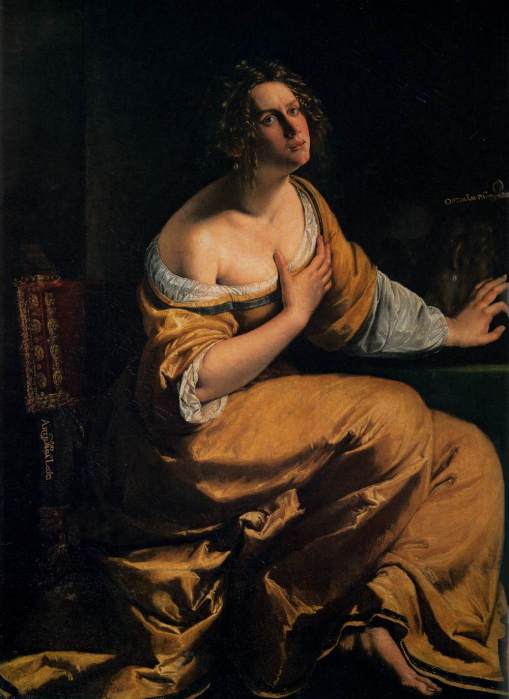
Artemisia Gentileschi The Penitent Mary Magdalen 1620-25
Oil on canvas, Galleria Palatina (Palazzo Pitti), Florence. Image: WGA
Of all women, why should the Magdalen repent? As a composite of erotic and spiritual love, a victim of patriarchy who earned her own living and became a player in global religion, we should be honest enough to celebrate, not punish her.
Whatever the true source of her anguish, the distraught Magdalen is looking into the darkest shadows of her psyche. She is examining her own actions, thoughts and feelings, holding herself to account.
In 1611, when she was about 21, Artemisia Gentileschi was raped by her art teacher (Tassi). She and her father were not afraid of disclosure. During the trial, as part of checks on her virginity, Artemisia was tortured.
The abused women in her mature paintings are strong, introspective, assertive, independent.
Nothing frivolous intrudes on the monumental composition of her paintings, where a constant battle for light and dark is played out with unforgiving realism.
She painted women in moments of terrifying self-knowledge, finding reserves of violent, sometimes murderous, passion they had never guessed before. Her subjects are not victims or martyrs, projecting self-pity or self-promotion. They take responsibility for their actions and emotions. They are heroines, avengers and fighters for justice; they are autonomous women.
“We have all a better guide in ourselves, if we would attend to it, than any other person can be.”
Jane Austen Mansfield Park 1814
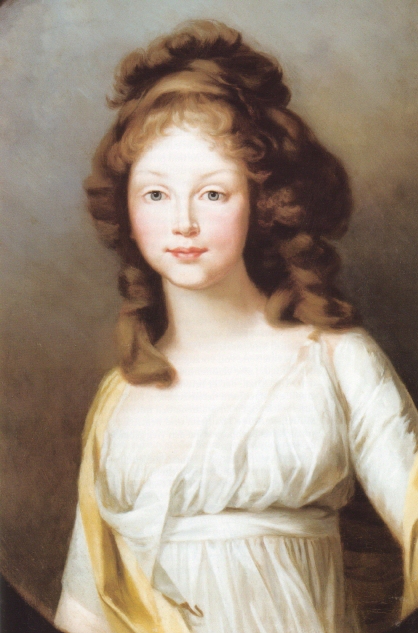

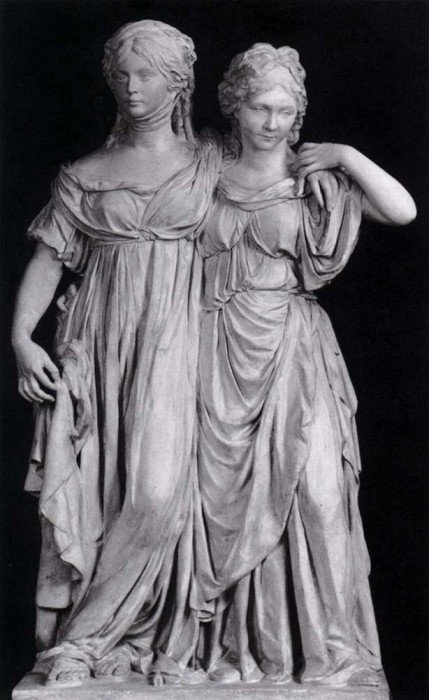
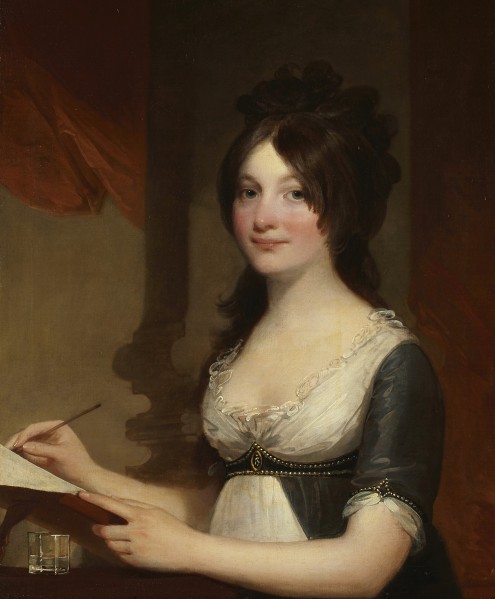


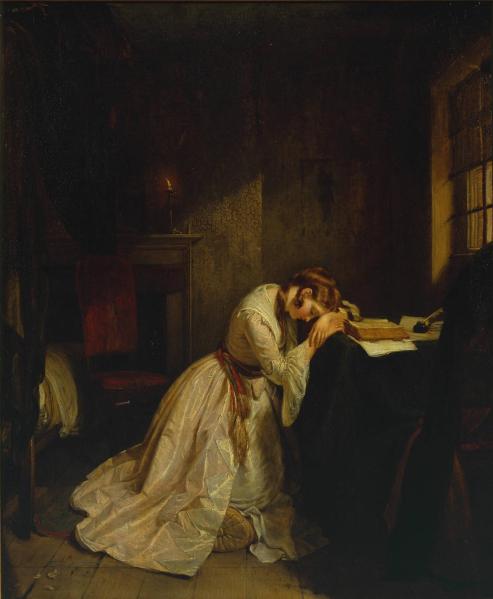


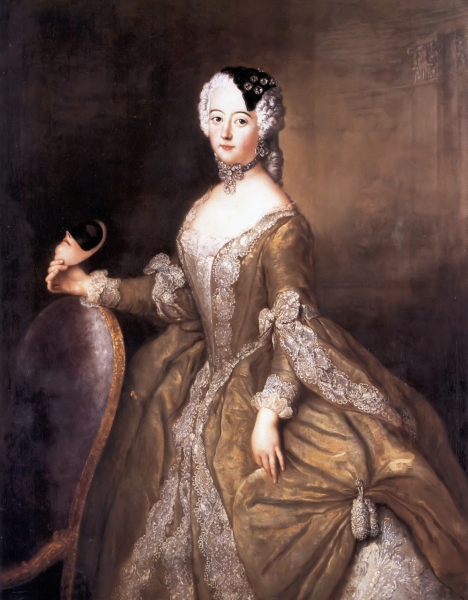


 Elizabeth Barrett Browning by Field Talfourd, chalk, 1859 © National Portrait Gallery, London. She was about fifty-three when this likeness was taken; allowing for artistic flattery, she retained an astonishing girlish beauty, despite fragile health and a laudanum addiction.
Elizabeth Barrett Browning by Field Talfourd, chalk, 1859 © National Portrait Gallery, London. She was about fifty-three when this likeness was taken; allowing for artistic flattery, she retained an astonishing girlish beauty, despite fragile health and a laudanum addiction. Robert Browning by Field Talfourd, chalk, 1859 © National Portrait Gallery, London. Browning’s affiliation to Team Jacob must not distract us from appreciating that he was considered an irresistibly handsome man by mid-Victorians, who favoured the whiskered werewolf look over the clean-shaven vampires of later in the 19th century.
Robert Browning by Field Talfourd, chalk, 1859 © National Portrait Gallery, London. Browning’s affiliation to Team Jacob must not distract us from appreciating that he was considered an irresistibly handsome man by mid-Victorians, who favoured the whiskered werewolf look over the clean-shaven vampires of later in the 19th century.  Germaine de Staël showing off one of her trademark turbans, in a detail of a painting c.1810, attributed by different sources to François Gérard or, more likely from the style and background, Anne-Louis Girodet de Roucy Trioson. Image source: Wikipedia
Germaine de Staël showing off one of her trademark turbans, in a detail of a painting c.1810, attributed by different sources to François Gérard or, more likely from the style and background, Anne-Louis Girodet de Roucy Trioson. Image source: Wikipedia
 Print of George Romney’s portrait of Sarah Siddons, 1783. Published in The Connoisseur magazine, ca. early 20th c. © Victoria and Albert Museum
Print of George Romney’s portrait of Sarah Siddons, 1783. Published in The Connoisseur magazine, ca. early 20th c. © Victoria and Albert Museum
